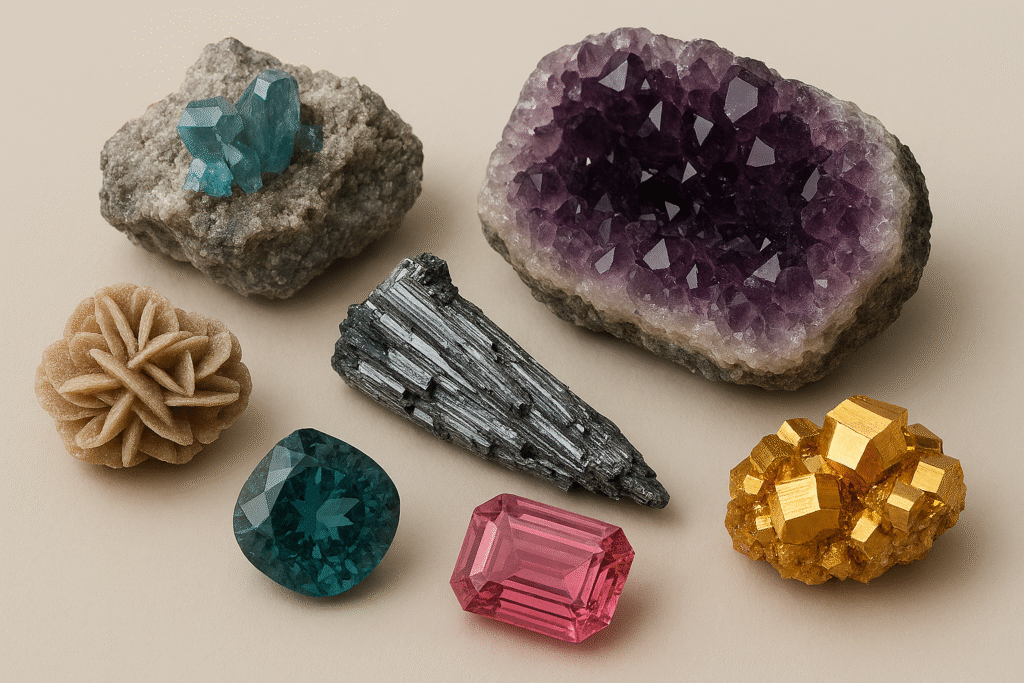Learn how to avoid overpaying for common minerals dressed up with grand stories. Spot over-hyped specimens and make smarter buying decisions.
Are They Selling a Mineral or a Story?
When you buy minerals, you may not just be paying for the specimen.
You may also be paying for the seller’s story.
Some sellers wrap a common mineral in a dramatic tale.
That story justifies a price far beyond its actual value.
How can you avoid this trap?
Red Flags to Watch
- Overblown titles
A simple quartz crystal becomes the “rarest healing stone from a secret Himalayan cave.” - Unverifiable origins
If you can’t trace the mine or locality, the story may be pure invention. - Inflated rarity claims
A mineral said to be “found once in a lifetime” might actually be mass-produced or widely available. - High price with weak details
When the story takes center stage but mineral data is missing, the price tag often tells you more about the seller than the stone.
Ask Yourself
- Are you paying for the mineral itself, or for the tale attached to it?
- Would you still buy it if the story were stripped away?
- Can you find similar pieces in local shops, fairs, or online listings at lower prices?
Practical Tips
- Research first
Look up the mineral’s market value before buying. - Ask direct questions
What is the locality? How was it mined? Can the seller provide references? - Compare sources
If the same type of stone is widely available elsewhere, the story is what’s adding the markup. - Trust your eye
Focus on the specimen’s beauty, size, and condition—not the sales pitch.
This article explains how sellers use narratives to inflate prices of ordinary minerals. It offers practical tips to help you identify when you are buying a specimen versus buying into a story.

